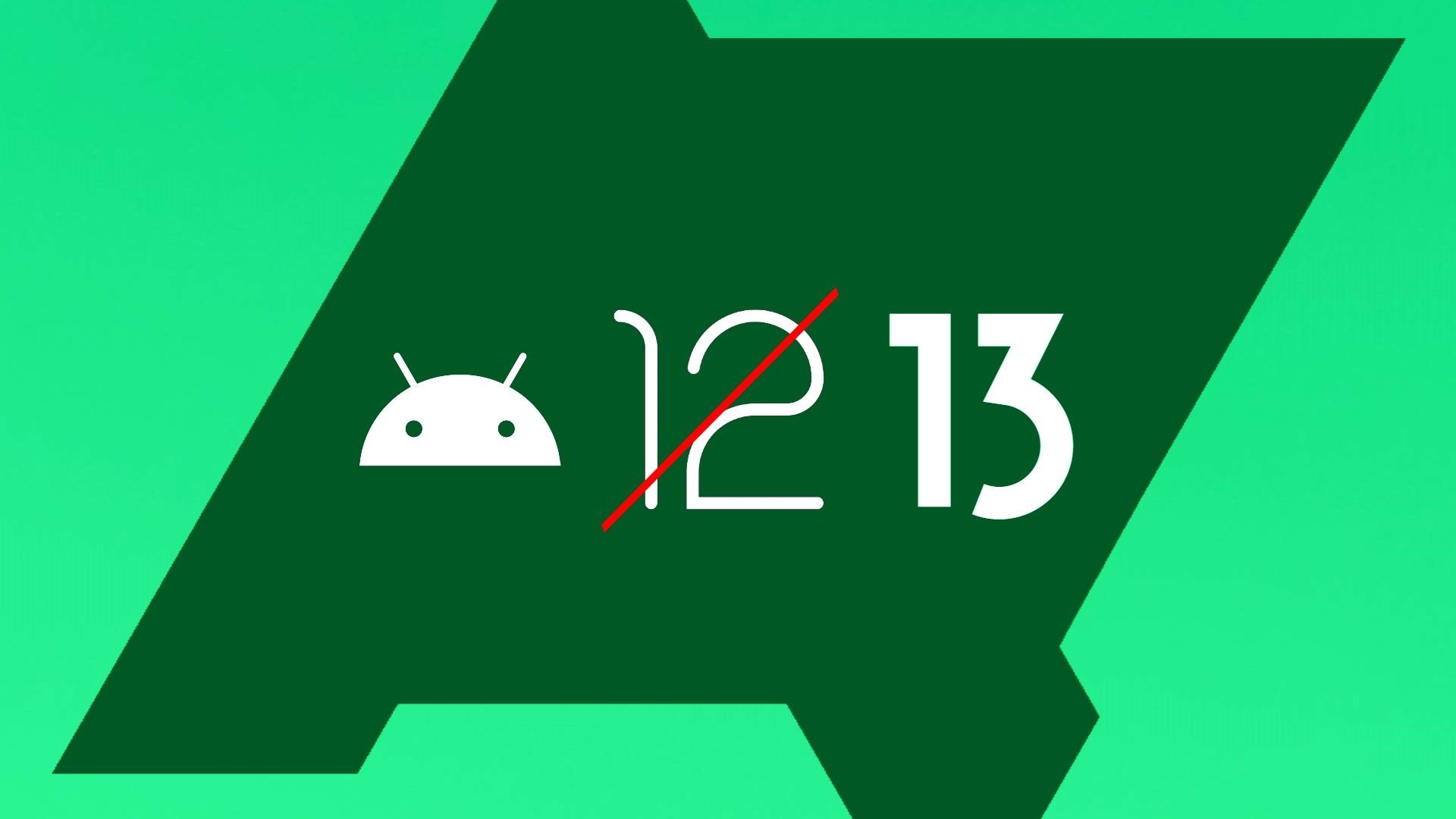Google posts additional instructions for Pixel 6 owners who have flashed Android 13

With Android 13, Google made it so that the Pixel 6, 6 Pro and 6a can’t reinstall Android 12 to fix the security issue. While addressing that vulnerability, Google has issued instructions on how to prevent another problem that may occur and your device if you flash Android 13.
What’s different in the Android 13 update for the Pixel 6
A security vulnerability exists with the previous bootloader on the Pixel 6 series and Android 13 makes it impossible to reinstall the vulnerable version associated with Android 12.
However, after flashing the Android 13 factory image – which is different from sideloading an OTA image – on the Pixel 6 series and successfully updating, the Android 12 build remains on your phone. This is due to Android’s A/B (continuous) system updates, which are meant to provide redundancy:
As in, “The inactive slot contains an old bootloader whose anti-rollback version has not been upgraded.” If you flash your device and something goes wrong with the install, it can cause incompatibility issues. By design, Android will try to boot from an idle slot, but that works to protect against vulnerabilities. Given it’s Android 12 (and older bootloaders), your phone won’t turn on.
If you flash Android 13
Google offered instructions Thursday afternoon on how to prevent that particular problem from occurring. This includes flashing an inactive slot from Android 12 to Android 13. The easiest option is to sideload the OTA image – which updates the idle slot – but steps are also provided to use the factory image.
This procedure is mainly for those (i.e. tinkerers) who are going to flash their device to factory or custom images (built from AOSP).
Meanwhile, Google will update the Android Flash Tool – which flashes the active slot like Fastboot – in the coming days with a prompt to flash the inactive slot with the Android 13 bootloader.
If you have used Android 13 OTA
Those who have sideloaded — a process without a device/data wipe — received an Android 13 OTA image or an on-device OTA (which is Google’s recommended install method) and have no intention of flashing their phone (again, different from sideloading) “do not take any action at this time.” No need.”
The active slot is in bold, the OTAs are being installed in the inactive slot
The company also tells us that for the majority of users with a locked bootloader, the chances of running into the problem are minimal. The next OTA (probably the September security patch) or sideload will update the idle slot.